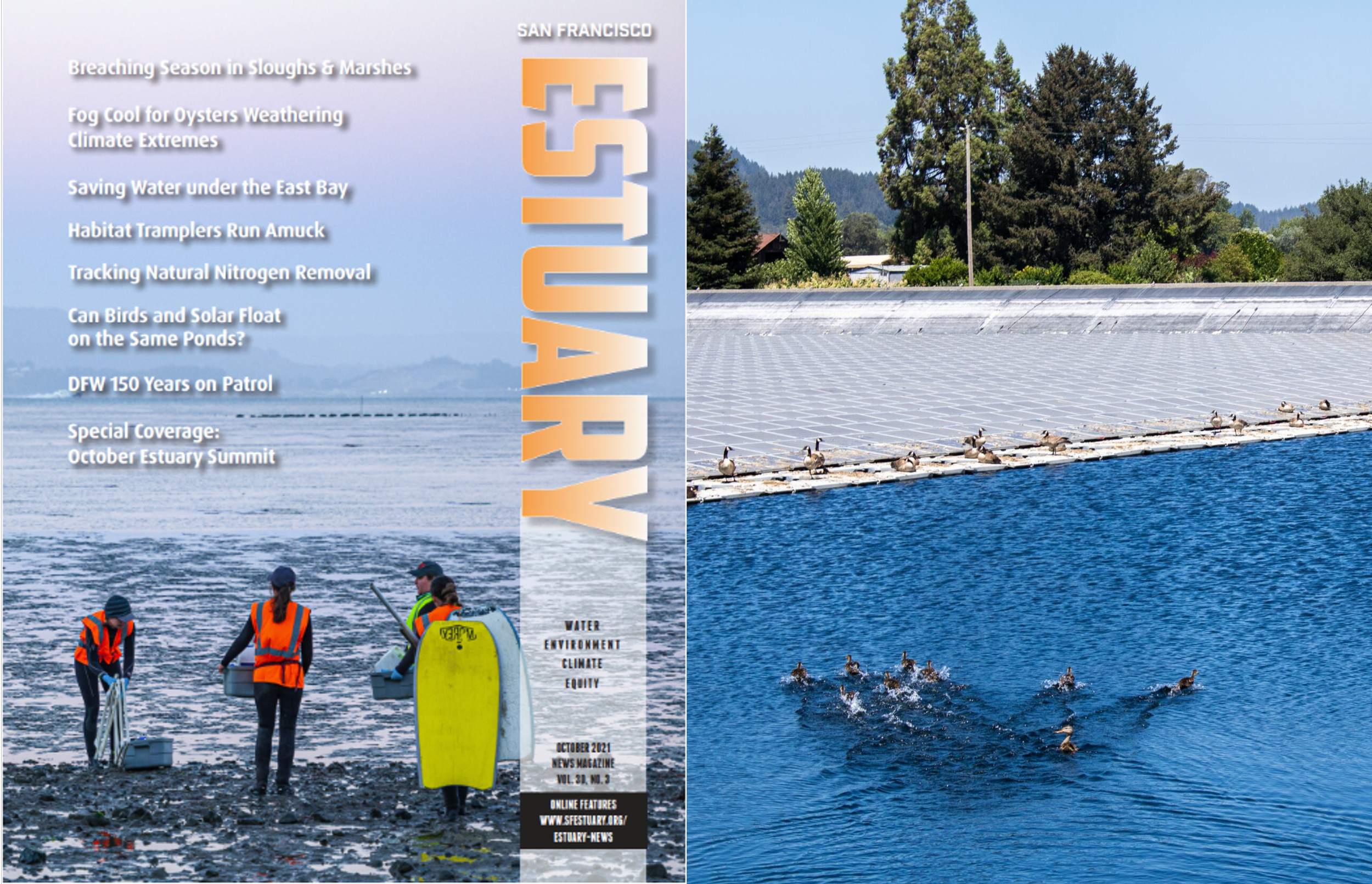Global Ecology and Sustainability Lab featured in Estuary Magazine
Professor Rebecca R. Hernandez and the floating photovoltaic solar energy team are featured in Estuary Magazine. Floating solar panels could be the next big thing in clean energy. For places with limited land space, water-bound solar may be the next frontier.
“There is no data out there right now,” warns Hernandez. “We are taking a picture of this moving train as it speeds past us.”
In the late 2000s, small-aircraft pilots gliding above the Napa countryside began to notice an odd, glassy glint reflecting off a tennis-court-size patch of land between vineyards. Large solar arrays were less common back then, but the solar panels themselves likely weren’t the reason planes doubled back, flying low, for a closer look: it was their placement in the middle of a pond.
Floating solar panels, like the ones Napa’s Far Niente winery finished installing in 2009, could be a real windfall for a watery Bay-Delta region seeking carbon-free energy. Secured to buoyant platforms or pontoons, low over the water’s surface and at a slight angle, the panels can cover a large area without competing with agriculture or housing for primo sun-drenched land. They slow evaporation from the water sources they cover that might otherwise dwindle to nothing in the summertime. And of course, they make electricity without emitting the planet-heating gases that are deepening droughts, worsening wildfires, and drowning coastlines in California.




